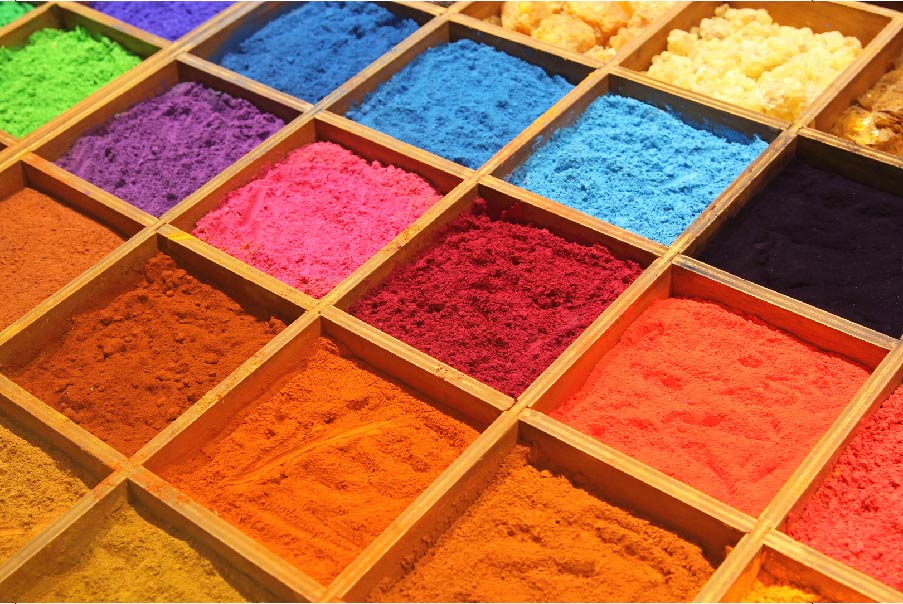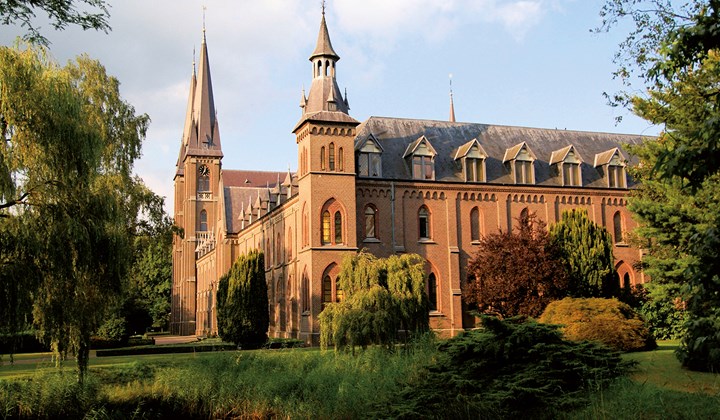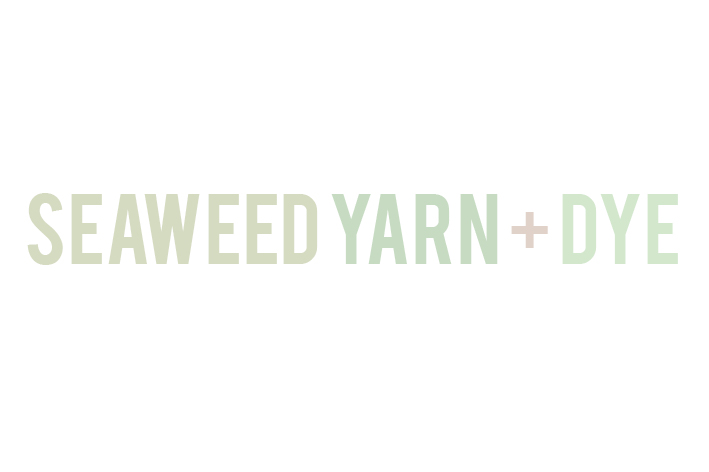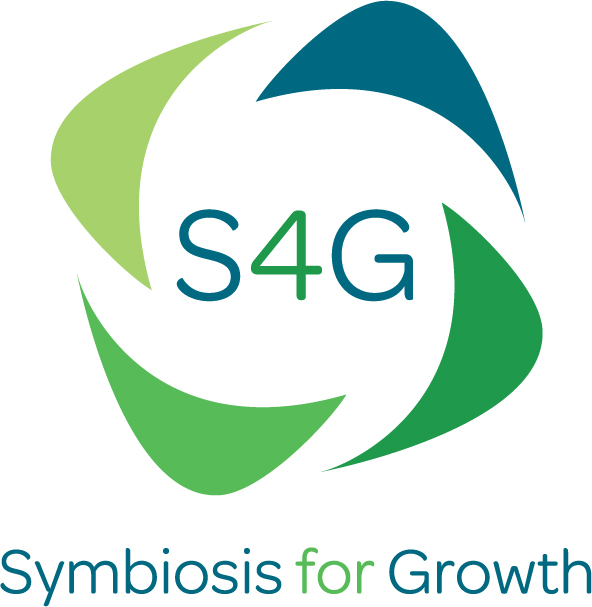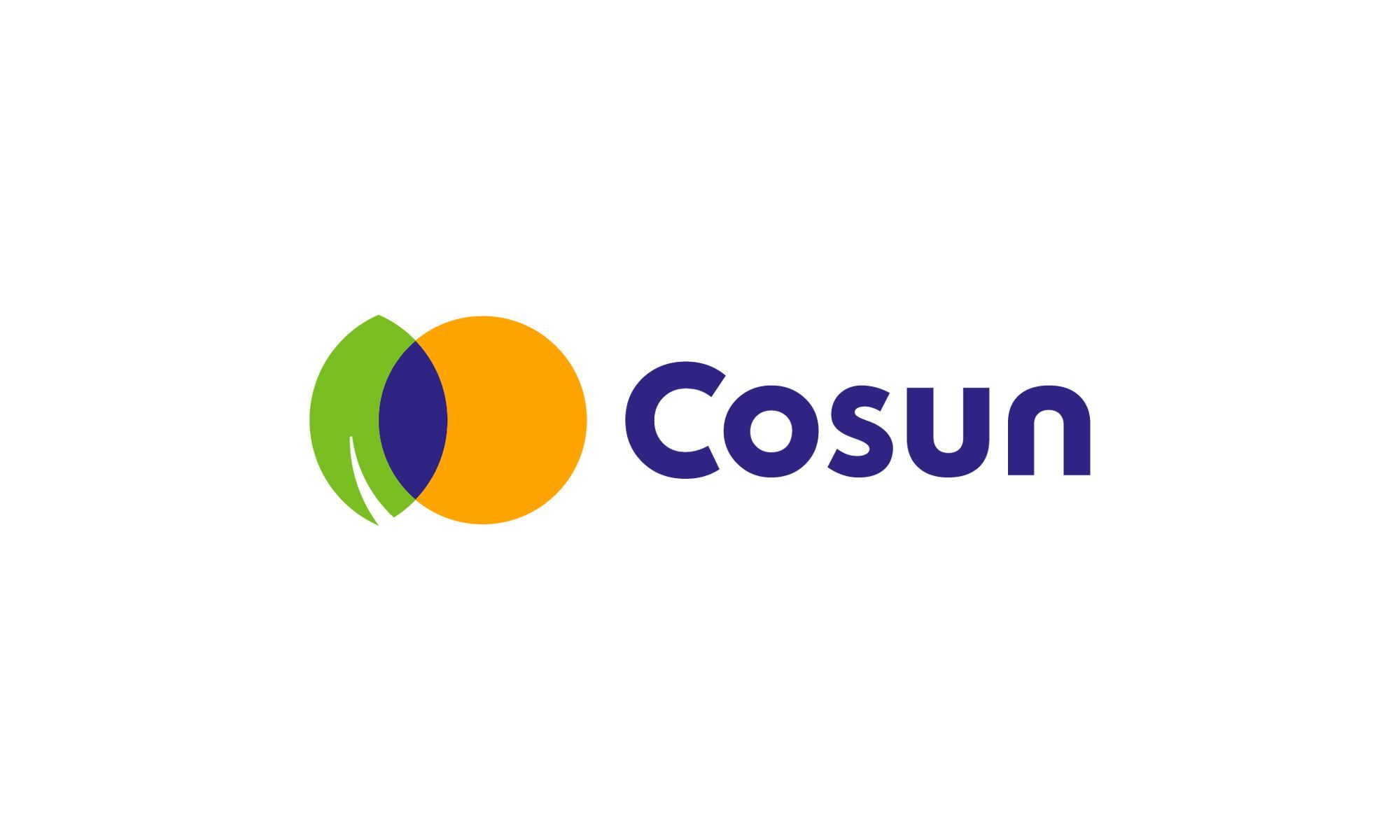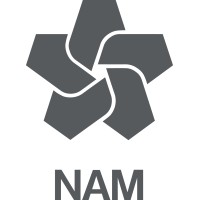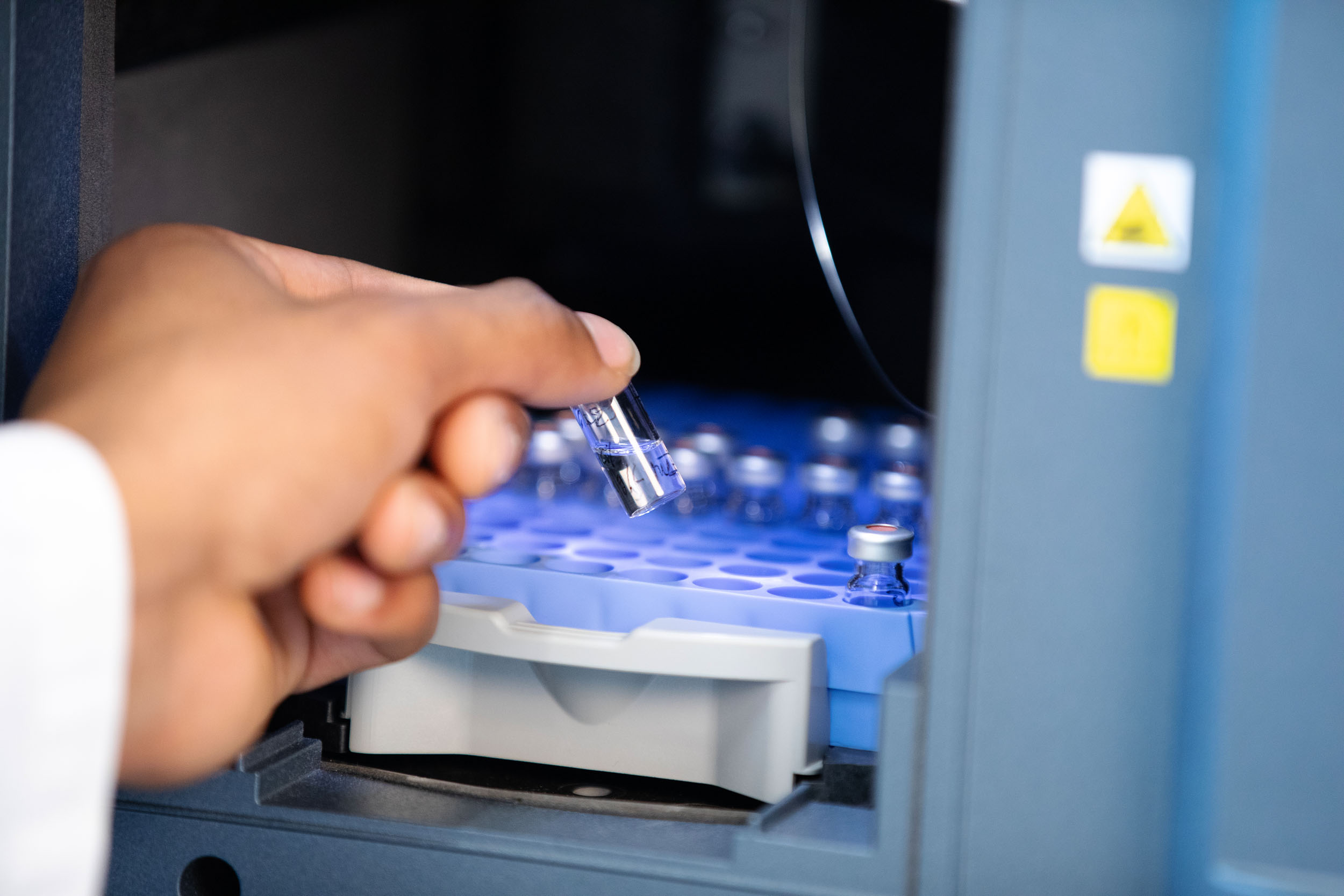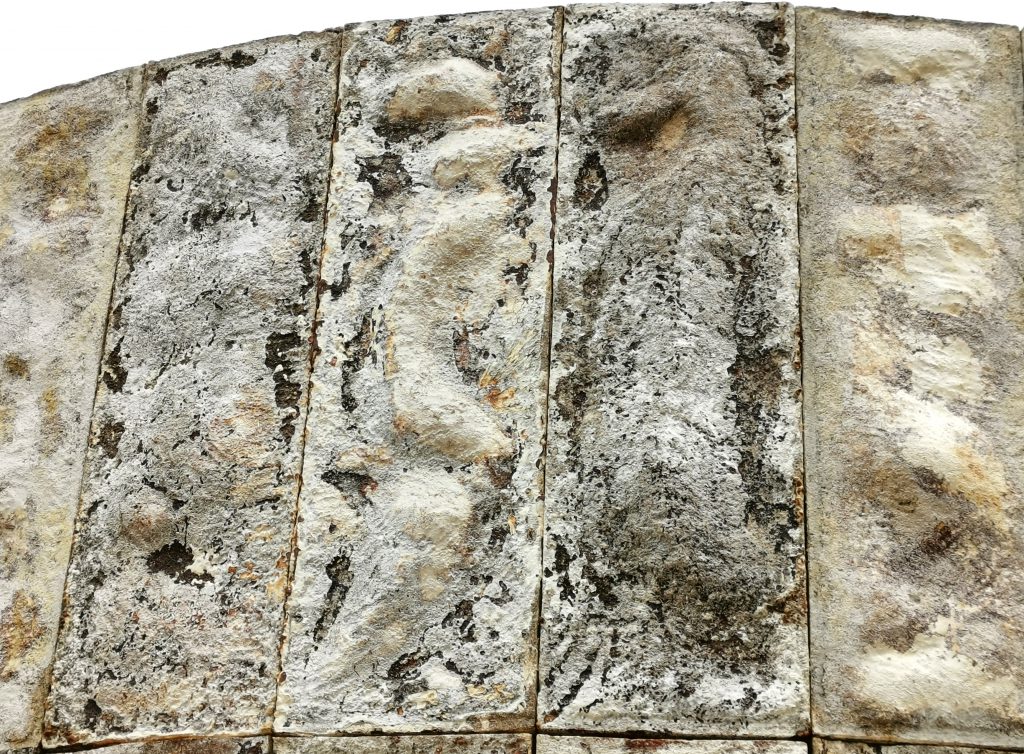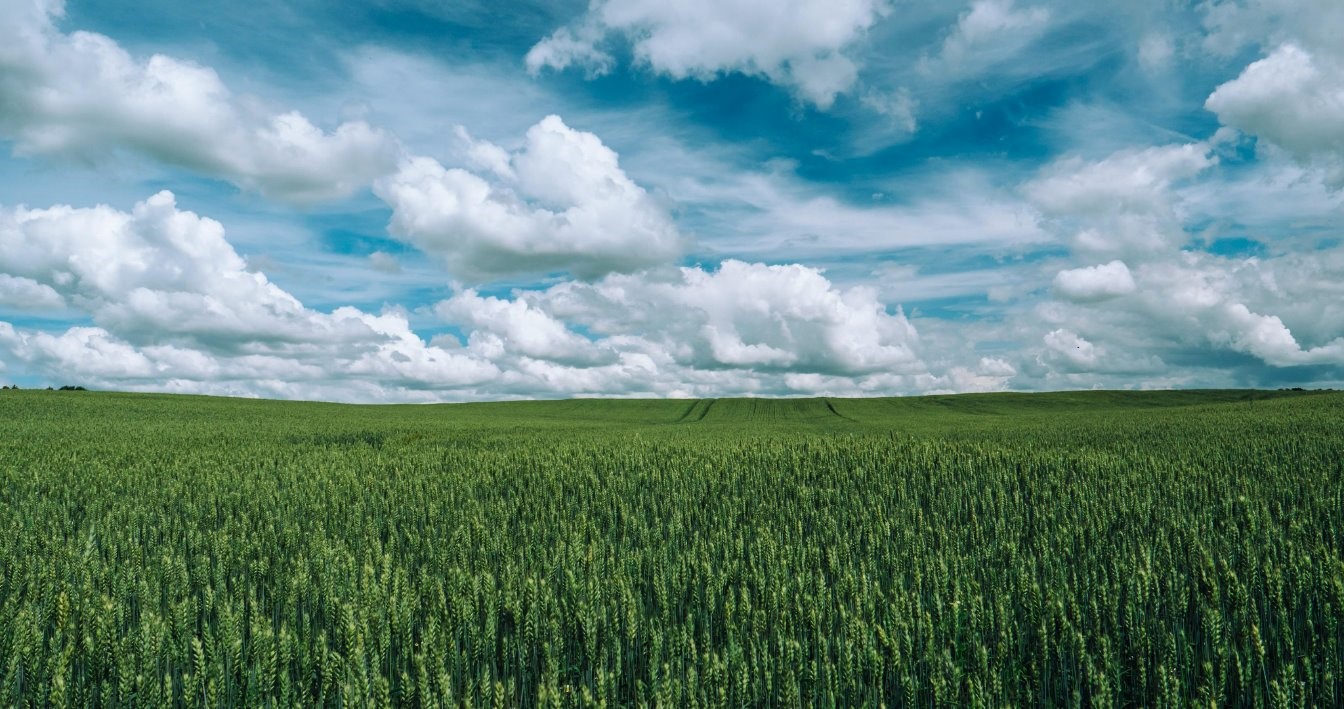Because synthetic colors are so stable, they are not degraded in the environment. Synthetic colorants and additives are also often toxic, resulting in a negative cumulative effect on the environment. This poses problems when synthetic colorants are used in biodegradable packaging material and end up in the environment. Natural degradable colorants are one possible solution that can prevent this problem.
Why Bio COLOR?
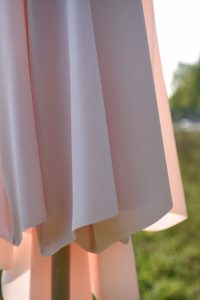 The SME partners in the BioKLEUR project notice an increasing demand for biobased materials and see opportunities to create new markets for their products. SME partners are currently unable to produce 100% biobased materials because biobased colorants are not available on the market or are very limited. That is why mainly synthetic colorants are still used. The challenge within the BioKLEUR project is to gather as much knowledge as possible in the field of biobased colorants and to share this with the wider public.
The SME partners in the BioKLEUR project notice an increasing demand for biobased materials and see opportunities to create new markets for their products. SME partners are currently unable to produce 100% biobased materials because biobased colorants are not available on the market or are very limited. That is why mainly synthetic colorants are still used. The challenge within the BioKLEUR project is to gather as much knowledge as possible in the field of biobased colorants and to share this with the wider public.
Because synthetic colors are so stable, they do not degrade in the environment. Synthetic colorants and additives are also often toxic, resulting in a negative cumulative effect on the environment. This poses problems when synthetic colorants are used in biodegradable packaging material and end up in the environment. Natural degradable colorants are one possible solution that can prevent this problem.
The BioKLEUR project was carried out by Avans University of Applied Sciences in collaboration with Stenden University of Applied Sciences, the NRK branch association, the Brabantse Delta Water Board and eleven SME partners who are active in the field of biobased products, innovation and design. The project has lead to more knowledge about natural colors and their application possibilities in paper and plastic. It has contributed to the social need to achieve 100% biobased and environmentally friendly products.
The question
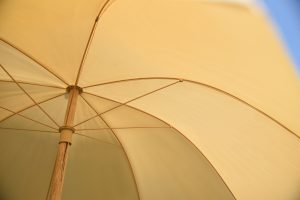 The following questions have been addressed in the project:
The following questions have been addressed in the project:
- Which biobased colorants are there?
- What consequences do biobased colors have on the process and on the product quality of paper and bioplastic?
- What options are there to develop, adapt or reformulate (new) biobased colors so that they yield stable colors in paper and bioplastic?
- What additional value do we create through the use of biobased colors?
Digital handbook biobased colors
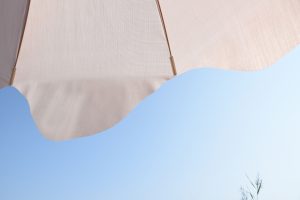 The aim of the research is to gather knowledge about biobased colorants and pigments for bioplastics and paper. This knowledge is then made available in various forms to partners, other users and the public.
The aim of the research is to gather knowledge about biobased colorants and pigments for bioplastics and paper. This knowledge is then made available in various forms to partners, other users and the public.
In this way, the tested colors were brought together in a color chart. Color charts based on the raw materials, PLA and paper. The underlying information of each color can then be found in a digital manual. The manual contains both practical and theoretical information that the customer needs to use the colorant.
The project team also delivered 100% biobased (colored) sunshades and filtration papers.
BioKLEUR was co-financed by SIA, part of the Netherlands Organization for Scientific Research (NWO).
20161101 until 20190902




